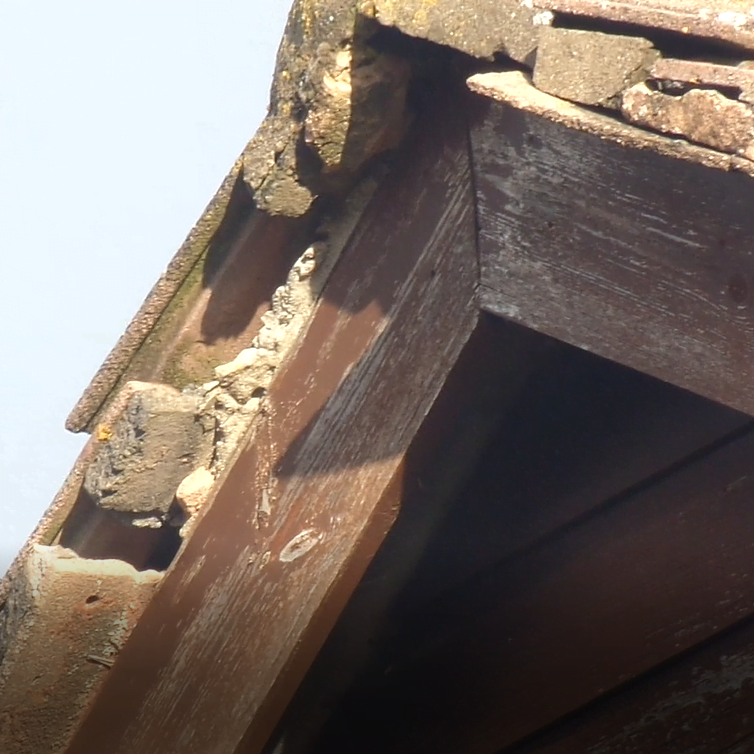Life cycle replacement
Life cycle replacement costings

How to use the data
One of the most common phrases we hear during the survey or as a result of a negotiation is that “it has been fine for the last 40 years so why does it need replacement”?
This sort of comment also tends to reflects that little or no maintenance has been carried out during that period. Martin in the office has come up with his own great answer to this. “If you were standing outside in the wind and rain for 70 years you would probably be a little bit worn out as well.”
This is also one of the common responses from insurance companies the item you are claiming for has reached the end of its working lifespan or the damage was caused by a natural breakdown of the materials.
Reactive replacement vs Preventative maintenance
This is when we start to get into very murky waters. When you look at large housing providers such as housing associations, charities or councils they will have maintenance plans. These are solely based on life cycle data. This is why you will often see them replacing roofs for an entire street rather than just the occasional house. They also tend to carry out timed conditions survey so every five years they will send a surveyor to look at a group of properties and see what needs to be done generally. This informs their maintenance plans. This also allows them to finance the required work and arrange their budget for the coming years. This is a preventive maintenance approach. Remove the item as it reaches the end of its working life in a timed fashion for less disruption.
There is certainly an argument often taken by many private landlords that we will replace it when it fails. Sadly, what tends to occur here is that when the item has been failing for a prolonged period It affects another building element. For example, a leaky roof can cause rot to the roof structure well before visual signs are apparent in the habitable accommodation. Then you have the additional cost of repairing the roof structure, replacing insulation, damaged room or rooms. This means that the repair can become a lot more expensive. As the saying goes a stitch in time. This is very true with buildings and as surveyors we see this all the time. We are usually the ones to flag up the defects.
